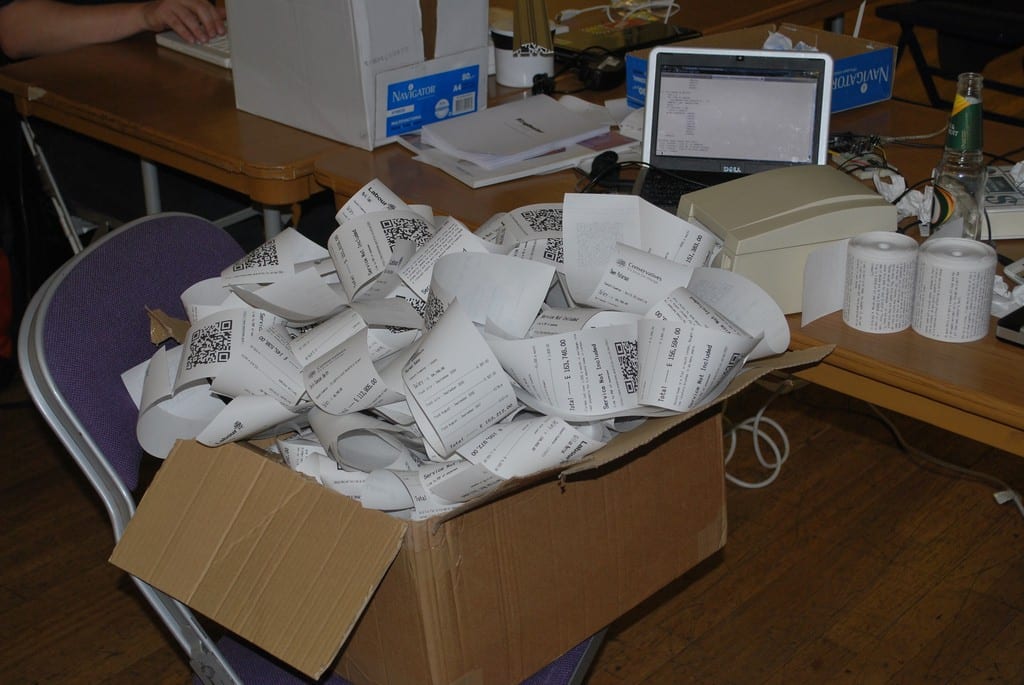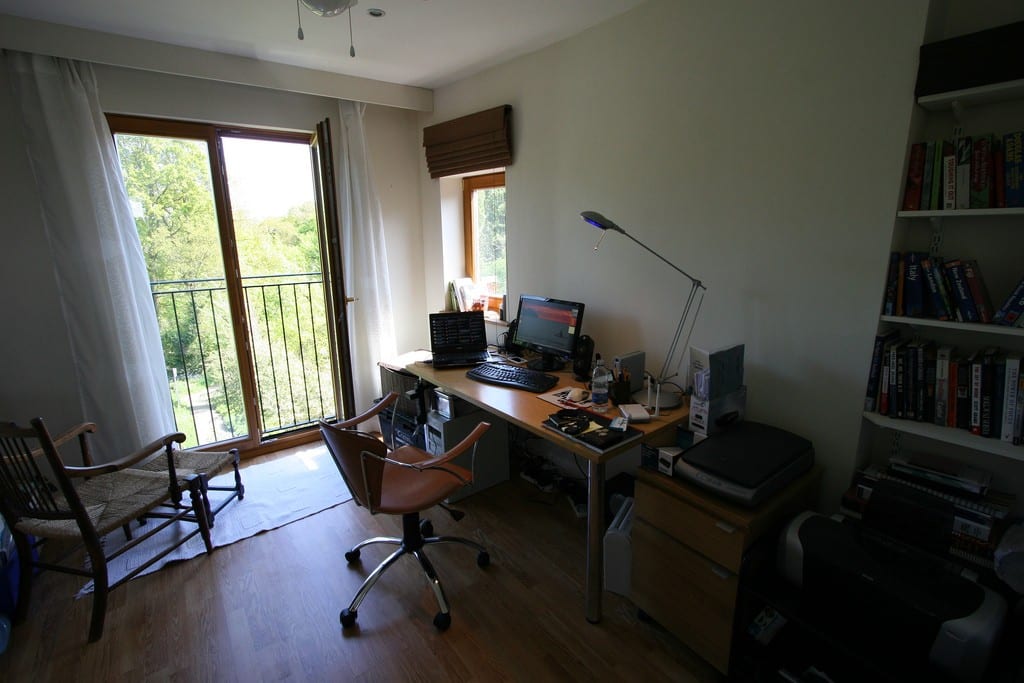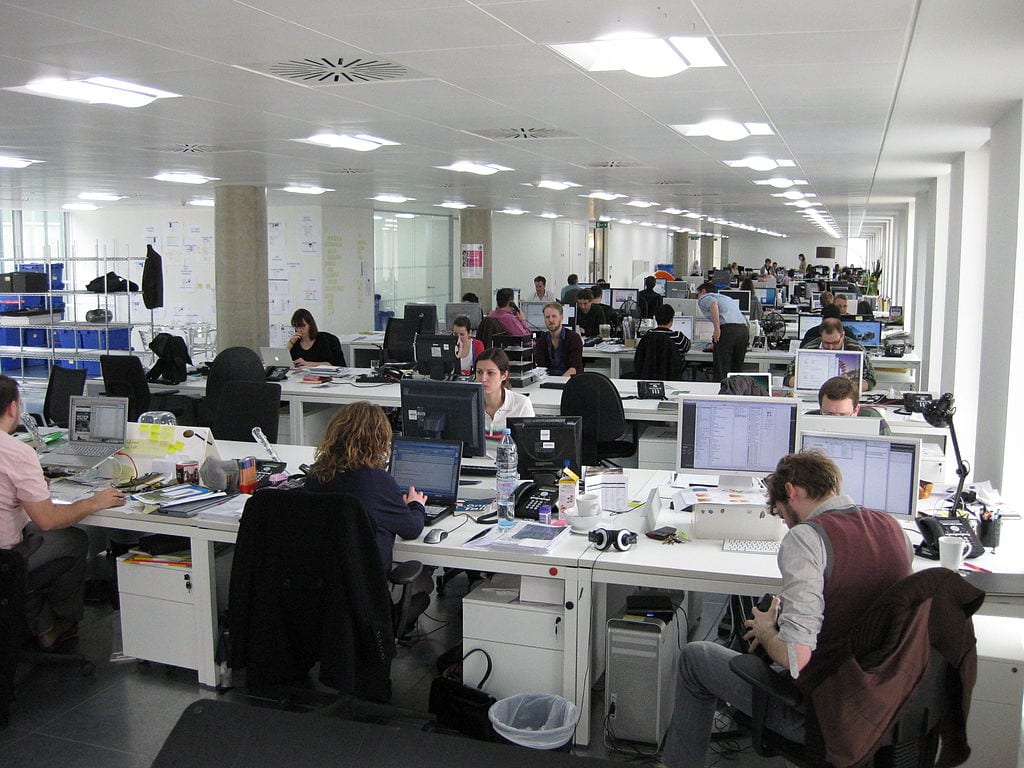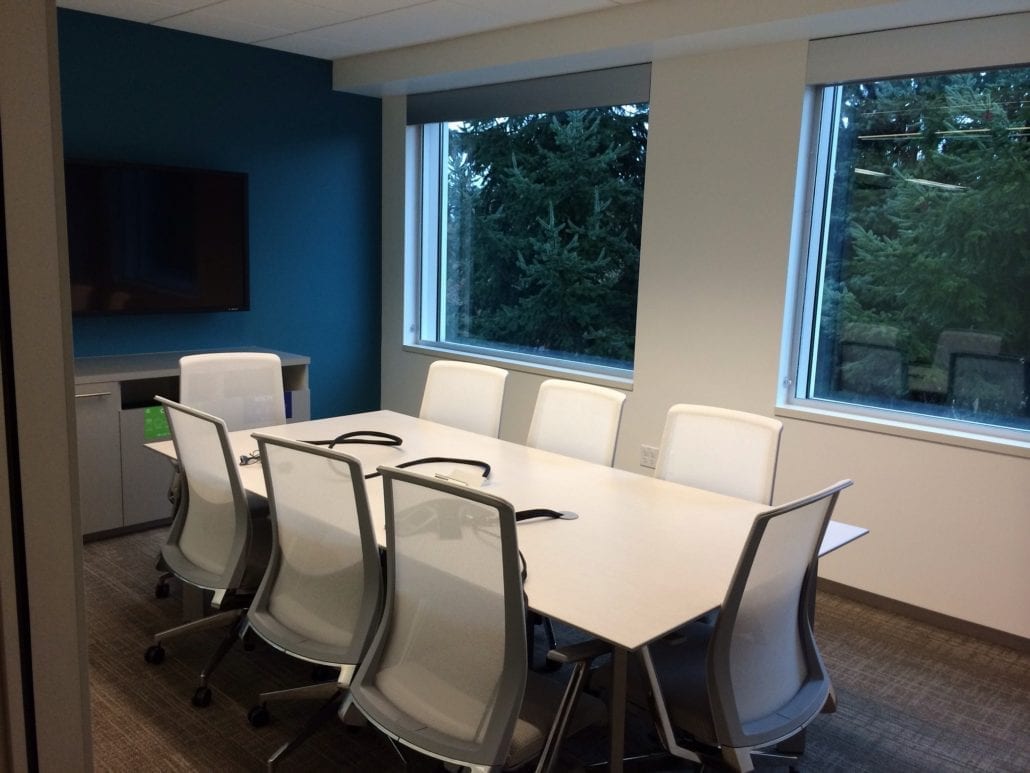Making Your Way Through The Product Development Minefield
We all buy products on a day-to-day basis. We go into shops and see things on shelves that were created by other businesses. It’s likely you’ve seen things on shelves or seen a lack of things on shelves and wondered what it would be like to make your own product. Imagine walking through a store and seeing rows and rows filled with something you created.
This whole concept of developing a product has been around for centuries and remains a popular business model to this day. It’s popular because anyone can create a product, all you need is an idea to kick things into motion.
If this sounds like something that appeals to you, then you’re reading the right article. Throughout the course of this piece, we’ll take a look at some of the main concerns in product development. You’ll be faced with numerous little things that can go wrong or cause harm to your product. It’s your job to navigate through the entire process without stepping on any mines at all.
So, without further ado, here are some of the main things to think about when developing your product:
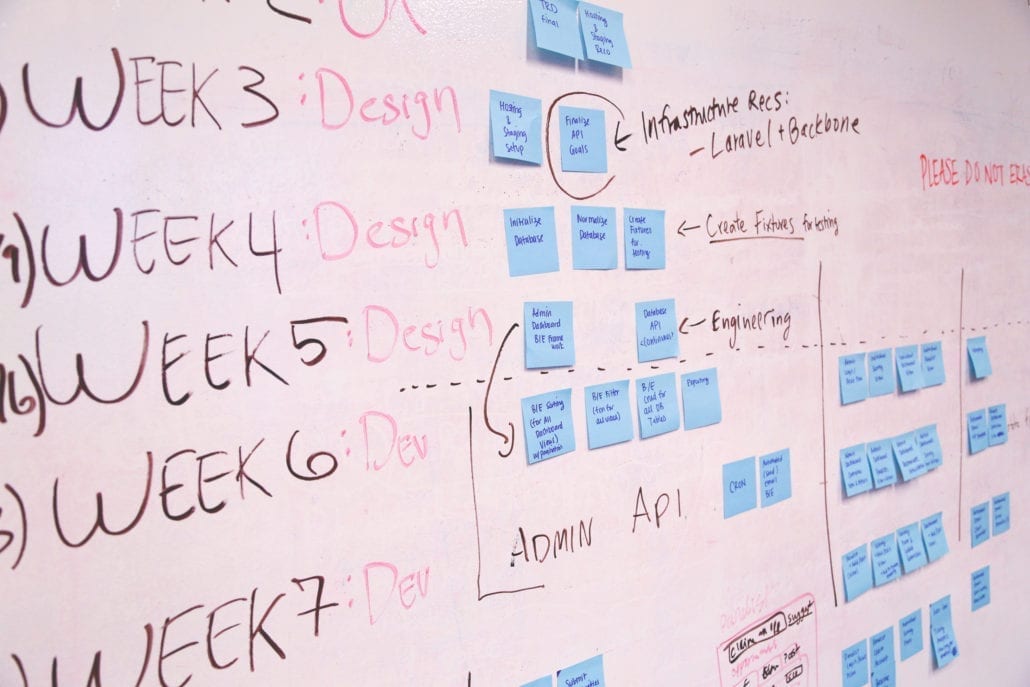
Photo courtesy of Pexels
Originality
Originality is very important when you’re developing a product. If you can’t make something that’s original, is there much point in creating anything at all? If a product is a copy of something else, then there will already be loads of the same product on the shelves, making it hard for you to get a share of the market as you compete with already established products. To be a successful entrepreneur you need to add some originality to your products so they’re set apart from the rest.
It’s important to note that you don’t have to come up with a completely new product idea. This is almost impossible as a lot of things have already been done. What you can do is take ideas from existing products and then put your own spin on them. For example, you may see something and think it would be a better product if it were designed in a certain way. This is you taking something, and making it original by changing key things about its design. This helps differentiate your product from the rest and gives your item something that others are missing.
Staying with this point on originality, you also have legal issues to think about too. If you directly copy things from others, you could be in trouble with their legal team. Some companies patent certain things and copyright the use of things too. So, if you copy this or use someone else’s product name/logo, you can get sued for a lot of money and have your product taken down.
Product Safety
One of the biggest mines you need to dodge revolves around product safety. As the creator of a product, it’s your responsibility to ensure you release something that’s safe for everyone to use. If this isn’t the case, then you will run into problems down the line. You may get away with releasing your product, but it could get flagged up by consumers for being unsafe. As a result, you will end up having to remove your product from shelves and stop selling it.
As you can imagine, this will set you back massively, and cause you to lose a lot of money. So, you must take all the steps possible to ensure your product is safe and can pass any safety test thrown at it. A lot of entrepreneurs are starting to use Failure Mode and Effects Analysis to help create their products. This is simply a method that helps you identify any failures with your product and fix them before you release it. It’s essential you don’t release an unsafe product as it will result in bad things for you and your company.
Photo courtesy of Pexels
Total Product Cost
Possibly the biggest concern will be the overall cost of your product. More to the point, just how much does it cost to make a single product? This plays a huge role going forward, as it determines how much you will sell your product for. You need to sell your product for more than it costs to make it if you want to earn a profit. Otherwise, you’ll just lose money every time you make your products.
How do you calculate the total product cost? Well, it means you have to add up all the different costs that occur during the development stage. This includes adding up how much it cost to purchase all the raw materials you used to put your product together. Then, you have to consider the labor costs too. Do you have employees or did you outsource some of the labor work? Either way, it will cost you money, and you need to add this to the total costs. Finally, add together all the overhead costs you incurred too. This is everything else that’s not included in the first two costs. For example, the cost of advertising and marketing your product.
You need to take all of these costs and look at how many products you managed to create, as well as how long it took to create them. This helps you establish the cost per unit of each product. In simple terms, it shows you how much each product cost to make. Now, you’re in a position to use this figure and work out how much you can afford to sell your products for. The reason the total product cost is important is that it can decide if your product is successful or not. If the cost is too high, then you’re forced to sell your product for a high price, which can put a lot of people off. You must work to keep costs as low as possible without compromising on the quality.
The world of product development can be a minefield. There are many things lurking unseen that can explode in your face at any moment. So, it’s crucial you prepare yourself for these things and ensure you navigate the minefield successfully. Then, you can release a great product that makes a lot of money.




